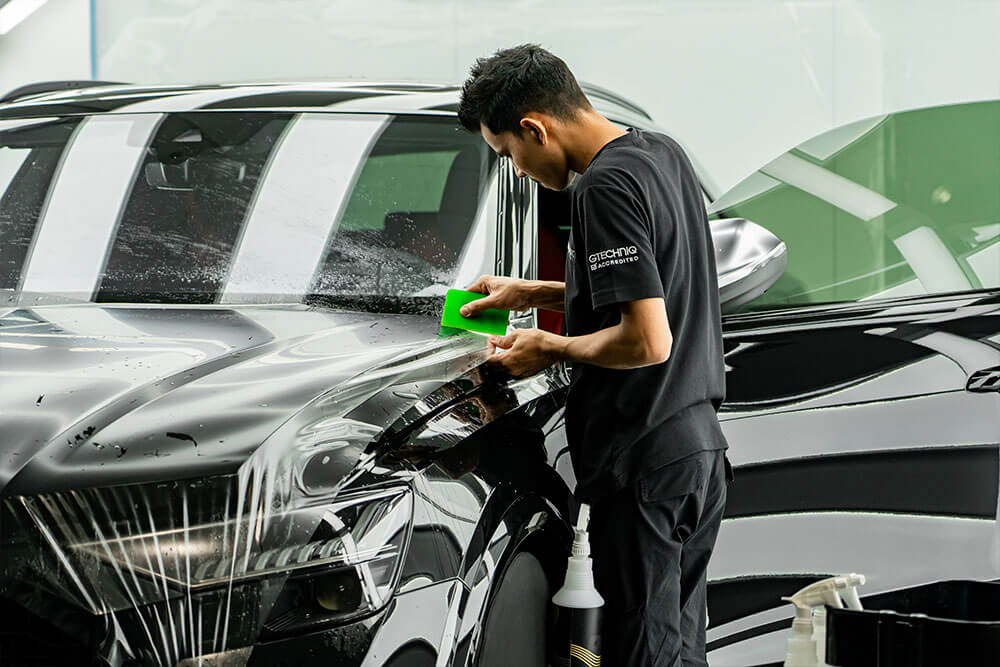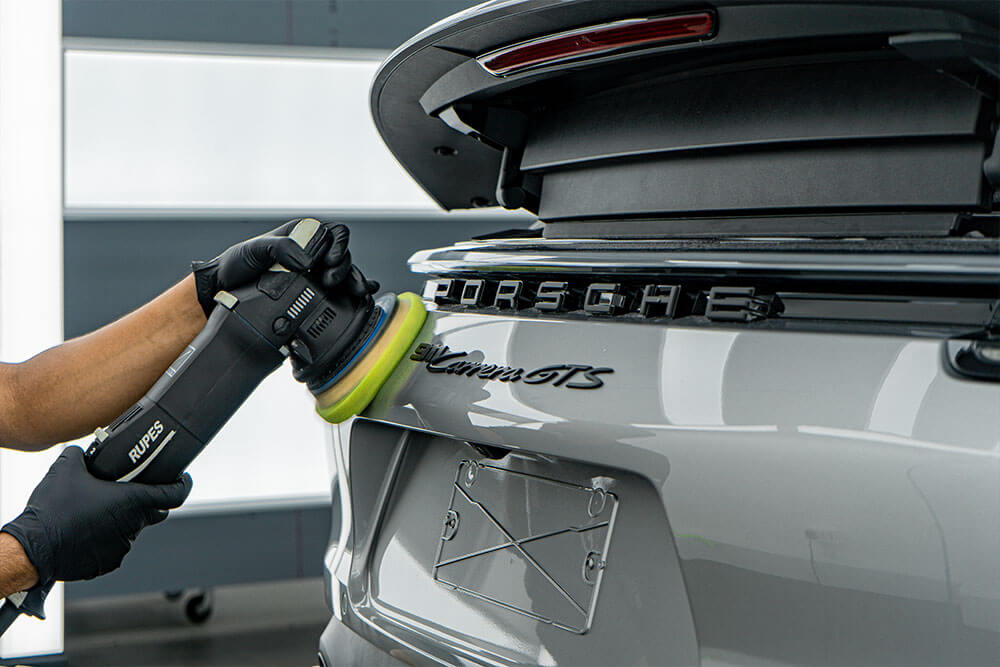
Car scratches are a common part of owning a vehicle, whether they happen in a parking lot or from everyday wear. Understanding the different types of scratches and how to fix them can help maintain your car’s appearance and keep it looking new.
Clear Coat Scratches
Clear coat scratches are the most common and the least damaging. These scratches only affect the transparent layer of paint that protects the colored paint underneath. The good news is that these scratches don’t usually reach the color layer itself.
Repair: For light clear coat scratches, a simple polishing compound can be used. This will buff the surface and make the scratch less visible. If the scratch is deeper, you might need professional help to properly blend and smooth the area.
Paint Scratches
Paint scratches are more serious than clear coat scratches because they reach the colored layer of paint. These can occur from debris on the road, other vehicles, or sharp objects like keys.
Repair: You can fix small paint scratches with touch-up paint. Use a paint pen that matches your car’s color to fill in the scratch. For deeper scratches, the area may need to be sanded, primed, and repainted. Professionals can help restore the finish and blend the repair seamlessly.
Deep Scratches
Deep scratches go beyond the paint and may reach the metal or plastic of your vehicle. These are usually caused by accidents or impacts with hard, sharp objects. Deep scratches not only look unsightly, but they can also lead to rust if not properly fixed.
Repair: Deep scratches require more extensive repair. You will need to sand the area, apply primer, and then repaint it. If the damage is severe, it’s best to consult a professional to ensure proper restoration.
Keyed Scratches
Keyed scratches are intentional and usually caused by someone using a sharp object, like a key, to damage the car. These scratches are often long and deep, making them difficult to repair.
Repair: Like deep scratches, keyed scratches need sanding, priming, and repainting. In most cases, the entire panel may need to be resprayed to ensure the repair blends with the rest of the vehicle. Professional repair services are often required for these types of scratches.
Surface Scratches
Surface scratches are the mildest form of damage. They often happen from improper washing techniques or from dirt and dust that rubs against the surface of the paint. These scratches only affect the clear coat and are often light and shallow.
Repair: Surface scratches can usually be fixed with waxing or polishing. By applying a rubbing compound, you can buff away the marks, restoring the smoothness of the surface. Regular waxing helps prevent surface scratches from occurring in the first place.
Preventing Scratches
While scratches are inevitable, there are ways to minimize the risk. Washing your car with soft microfiber cloths and avoiding abrasive sponges can reduce surface damage. Regular waxing also provides a protective layer that can prevent scratches from forming. Parking in covered areas or garages will reduce exposure to potential sources of scratches, like branches or other vehicles.
Conclusion
Understanding the types of car scratches and knowing how to repair them can help keep your vehicle looking great. From light surface scratches to deep gouges, there are ways to fix each type of damage. Whether you choose DIY solutions or seek professional repair, addressing scratches early can prevent further issues and maintain your car’s appearance for years. Proper care and regular maintenance will keep your car in top condition.


